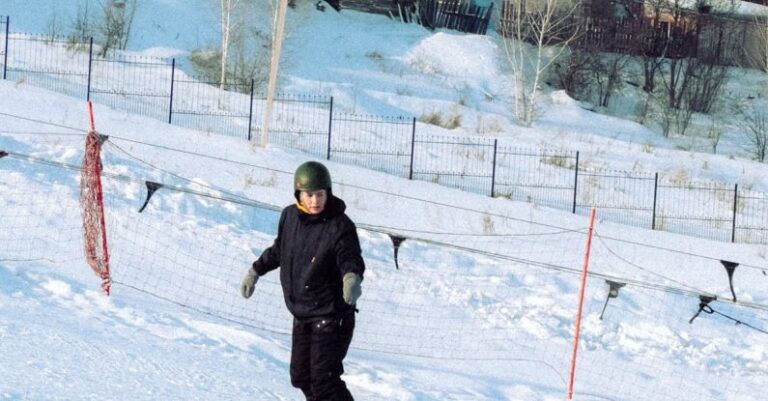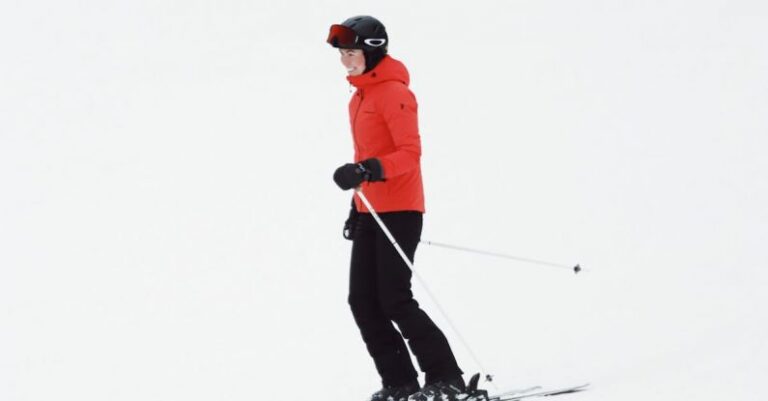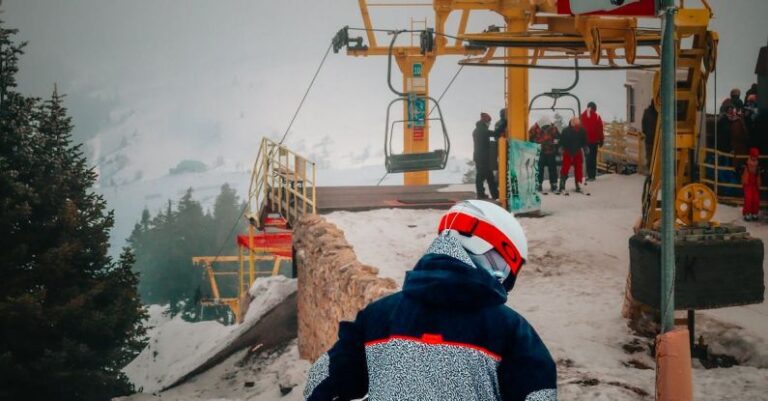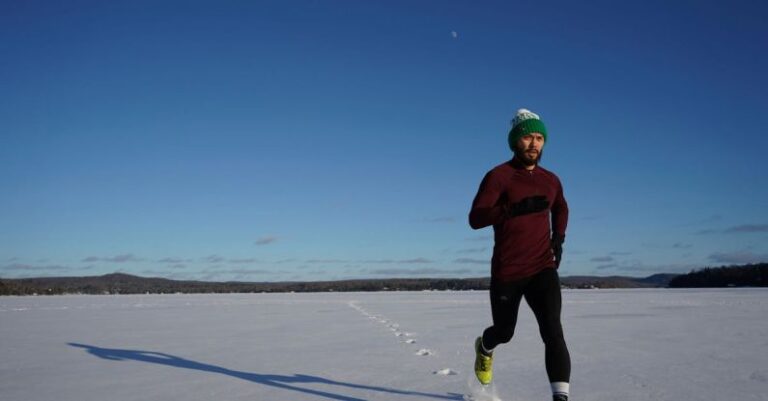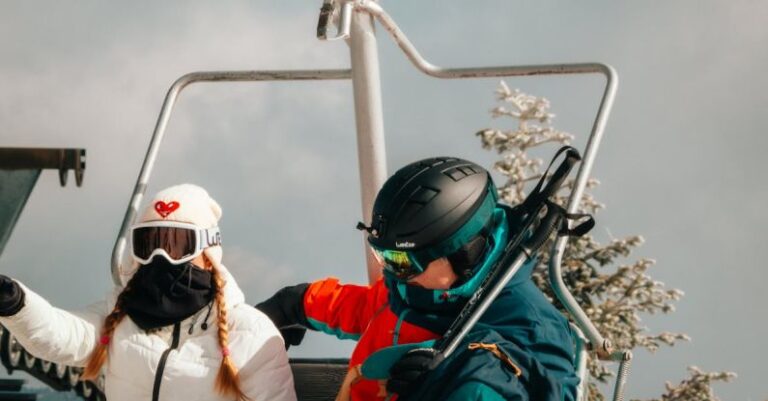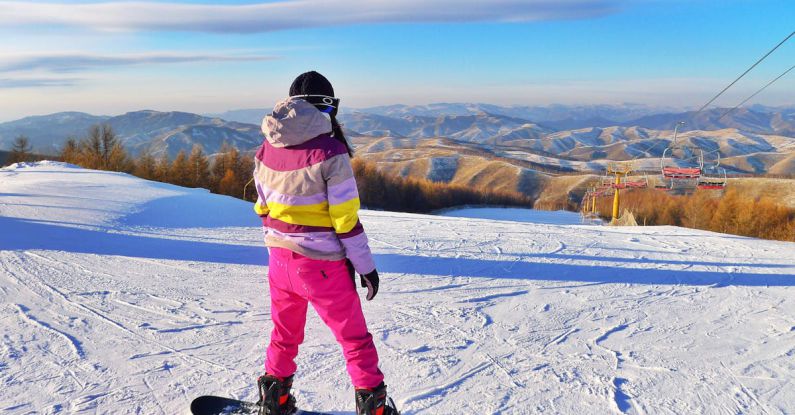
Powder skiing is a dreamy experience for many winter sports enthusiasts. The feeling of effortlessly gliding through fresh powder snow is unmatched. However, skiing in powder can be challenging for even the most experienced skiers. To make the most of your powder skiing adventures, it’s essential to master the best techniques for navigating this fluffy terrain.
Understanding the Terrain
Powder skiing requires a different approach compared to skiing on groomed slopes. The soft, deep snow can slow you down and make turning more challenging. To tackle powder like a pro, it’s crucial to understand the terrain you’ll be skiing on. Look for areas with untouched powder and avoid slopes with tracks, as these can indicate compacted snow that may be harder to ski on.
Keeping a Balanced Stance
Maintaining a balanced stance is key to skiing in powder. Keep your weight centered and evenly distributed between your skis to prevent them from sinking too deeply into the snow. A slightly wider stance than usual can help you stay stable and make it easier to initiate turns in the soft snow.
Use Your Legs to Control Speed
In powder skiing, your legs play a crucial role in controlling your speed and direction. Use your legs to absorb the bumps and changes in terrain, allowing you to float on top of the snow rather than getting caught in it. Keep your knees flexed and be prepared to adjust your stance to adapt to the ever-changing conditions of powder snow.
Mastering the Technique
When skiing in powder, it’s important to master the technique of “floating” on the snow. To do this, focus on making smooth, rounded turns rather than sharp, aggressive ones. Allow your skis to gently carve through the powder, using the terrain to guide your movements. By maintaining a fluid and relaxed approach, you’ll be able to glide effortlessly through the snow.
Stay Forward
One common mistake many skiers make in powder is leaning back on their skis. While this may feel instinctual to prevent sinking into the snow, it can actually make it harder to control your movements. Instead, focus on staying forward and driving your shins into the front of your boots. This will help you maintain control and steer your skis more effectively through the powder.
Embrace the Flotation
One of the joys of powder skiing is the sensation of floating on top of the snow. To maximize this feeling, choose skis with a wider waist and a rocker profile. These features help distribute your weight more evenly and provide better flotation in deep powder. Additionally, consider adjusting your binding settings to a lower DIN to allow for easier release in case of falls.
Adapt to the Conditions
Powder skiing is all about adapting to the conditions of the snow. Be prepared to adjust your technique based on the depth and density of the powder. In lighter, fluffier snow, focus on making wider turns and using your skis to “surf” through the powder. In heavier, denser snow, employ a more aggressive approach to power through the terrain.
Enjoy the Ride
Above all, remember to enjoy the experience of skiing in powder. Embrace the challenge and excitement of navigating through fresh snow and savor the moments of weightlessness as you glide down the mountain. With the right techniques and a positive attitude, powder skiing can be one of the most exhilarating experiences on the slopes.
Mastering the Art of Powder Skiing
As you hone your skills and gain confidence in powder skiing, you’ll discover that mastering the art of floating through fresh snow is a truly rewarding experience. By understanding the terrain, keeping a balanced stance, using your legs to control speed, and adapting your technique to the conditions, you can become a proficient powder skier. So next time you hit the slopes after a fresh snowfall, remember these techniques and get ready to carve your way through the powder with style and ease.
